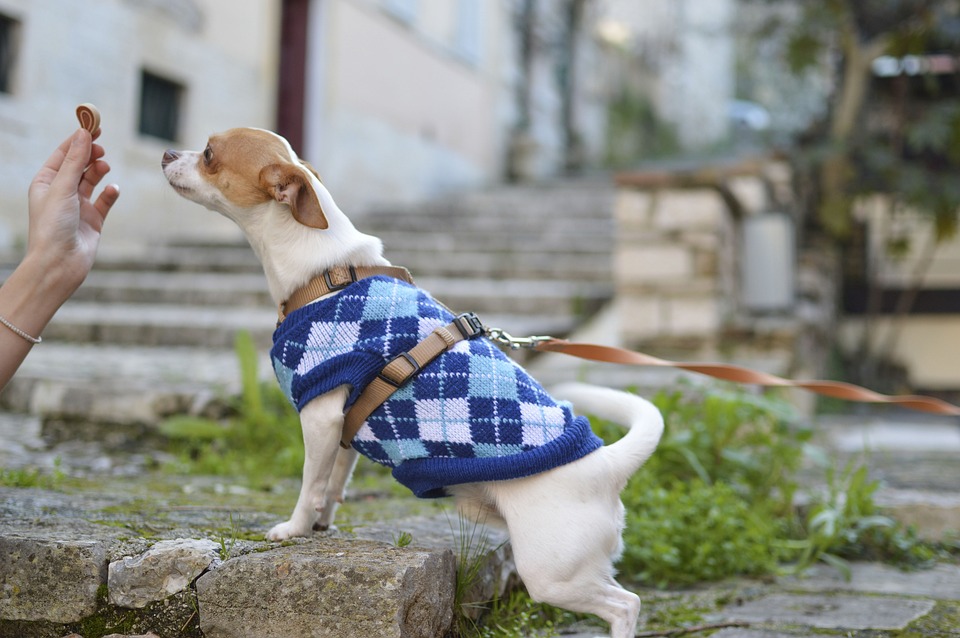
the scientific study of pet nutrition by veterinary nutrition specialists and experts.
What Treats Can I Give my Dog with Calcium Oxalate Stones?

For any cat or dog with a history of calcium oxalate urinary stones, ensuring plenty of water intake and feeding a specially formulated and tested diet without any additional food items is the best way to reduce risk of future stones. These specially formulated diets have been tested as the only food source. This means that adding any food items, chews, supplements, etc. can change how the diet works and may not reduce risk of future stones. It’s best to give no treats, but as dietary prevention is life-long, that may not be desirable for all families. If treats are important or necessary, we have provided some options and strategies for dogs with a history of calcium oxalate stones.
Commercial Treats
Some companies that make veterinary therapeutic diets also make specially formulated treats that can be given with the diet safely. We recommend asking your veterinarian if this is an option for your pet. (One tip is to not mix and match foods or treats from different companies – this can also change how the diet works!)
Creative Strategies
One creative approach is using the dry version of a canned therapeutic diet as treats (or vice versa). Another strategy is to putting a portion of the dry food into dispensing/puzzle toys or a portion of the canned diet inside a rubber toy such as a Kon and freezing as a chew.
Lower Oxalate Human Foods That Can Be Used as Treats
Again, while no treats are best, we have included some human foods below that can be used as treats in small amounts. The foods listed below that are less than than 5 mg in oxalate content per 20 Calorie serving (though as a reminder can still interfere with a diet’s beneficial/therapeutic effects for those eating therapeutic diets!). Example amounts to provide 20 Calories are also listed to ensure your pet doesn’t receive more than 10% of their total calories from treats.
Foods and Amounts to Provide 20 Calories:
Applesauce: 1/8 cup (25 grams)
Banana: 1/4 cup slices (38 grams)
Blueberries: 1/4 cup (37 grams)
Pears: 1/4 cup slices (35 grams)
Strawberries: 5 medium (60 grams)
Apples: 1/3 cup slices (36 grams)
Cantaloupe or watermelon: 1/2 cup diced (78 grams)
Broccoli boiled and drained: 1/2 cup chopped or diced (78 grams)
Cucumbers, raw: 1 cup slices (100 grams)
Green Pepper, raw: 1 cup slices (92 grams)
Zucchini, raw: 1 cup chopped (124 grams)
What to Avoid
Oxalate content can be quite variable, so other treats, animal-based chews such as rawhides, and other human foods should be avoided. This also includes food items that may be used to give medications (for example, I often hear families use peanut butter, which is quite high in oxalate!). For any pet with a medical condition such as a history of calcium oxalate, we recommend asking your veterinarian before giving any new treats or food items.
Want to read more information on feeding your pet?
Subscribe to always know when we add new material!
Recommended Posts

Can Diet Help With My Dog’s Seizures?
January 18, 2024

The Most Popular Holiday Foods…That Your Pet Should Avoid!
December 08, 2023

Veterinarian Recommended Pet Foods: What You Need to Know
November 05, 2023

